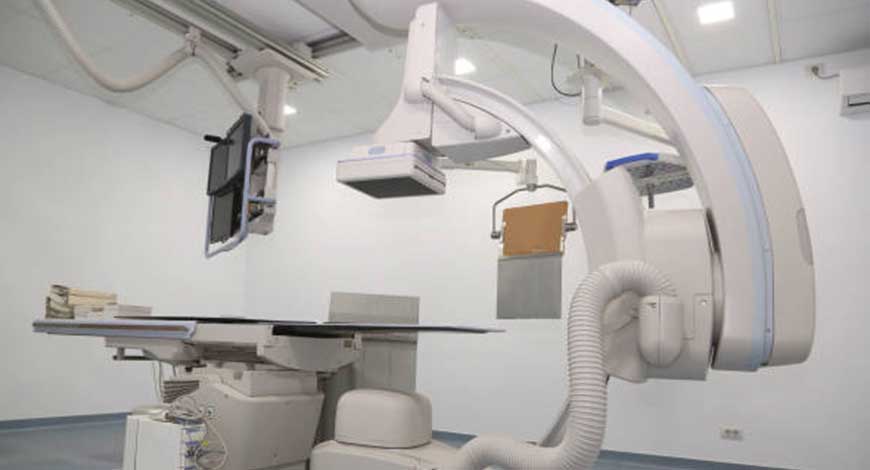Trends
Fluoroscopy equipment market to reach USD 7.24B by 2030

Growing demand for data – integrated imaging systems -Data-integrated imaging systems enable the processing and reconstruction of images, computer-assisted recognition of medical conditions, generation of 3D images, and the use of appropriate quality control systems. These systems come with a software package that helps store patient information. With the help of data integration, physicians can easily compare scans to effectively observe disease progression.
A new study global fluoroscopy equipment market trends and insights has just been made available on market intelligence data. A detailed study accumulated to offer Latest insights about acute features of the fluoroscopy equipment market.
The report contains different market predictions related to revenue size, production, CAGR, Consumption, gross margin, price, and other substantial factors. While emphasizing the key driving and restraining forces for this market, the report also offers a complete study of the future trends and developments of the market.
The market includes news and updates about the market current situation, historic data, present market trends, and this factor which is valuable and supportive to the business. It also examines the role of the leading market players involved in the industry including their corporate overview, financial summary and SWOT analysis.
The report aims to supply a further illustration of the newest scenario, economic slowdown, and Covid-19 impact on the overall industry. This research report was put together using both static and dynamic viewpoints on business.
The fluoroscopy equipment market is anticipated to grow from USD 5.14 billion in 2024 to USD 7.24 billion by 2030, at a CAGR of 3.88% during the forecast period.
Fluoroscopy equipment market dynamics
Driver: Advantages of FPDs over image intensifiers
The evolution of fluoroscopy systems and C-arms from traditional x-ray image intensifier technology to digital flat-panel detectors (FPDs) has brought about significant advancements in fluoroscopic imaging. FPDs have a number of advantages over image intensifiers, including compact sizes and reduced radiation dose.
Systems with FPDs have the potential for higher image resolution than their predecessors.
Although resolution varies from model to model, overall, FPDs have the ability to produce a more consistent and high-quality digital image. Moreover, while the quality of images generated from traditional image intensifiers deteriorates as the system ages, this is not the case with FPDs.
They continue to deliver the same image quality even years after use and can provide a wider and more dynamic range of imaging compared to image intensifiers. Additionally, the field of vision reduces with higher magnification in the case of image intensifiers, which does not happen if FPDs are used.
Restraint : Radiation exposure
Although fluoroscopic procedures ensure minimally invasive diagnosis, they come with the risk of radiation exposure. Fluoroscopic procedures can result in high radiation dose exposure for complex procedures, such as stent placement.
These procedures are time-consuming, which greatly increases the radiation that patients are exposed to and the risk of hazards such as radiation-induced injuries to the skin and underlying tissues. The long-term side-effects of prolonged radiation exposure can also include cancer. Exactitude Consultancy














